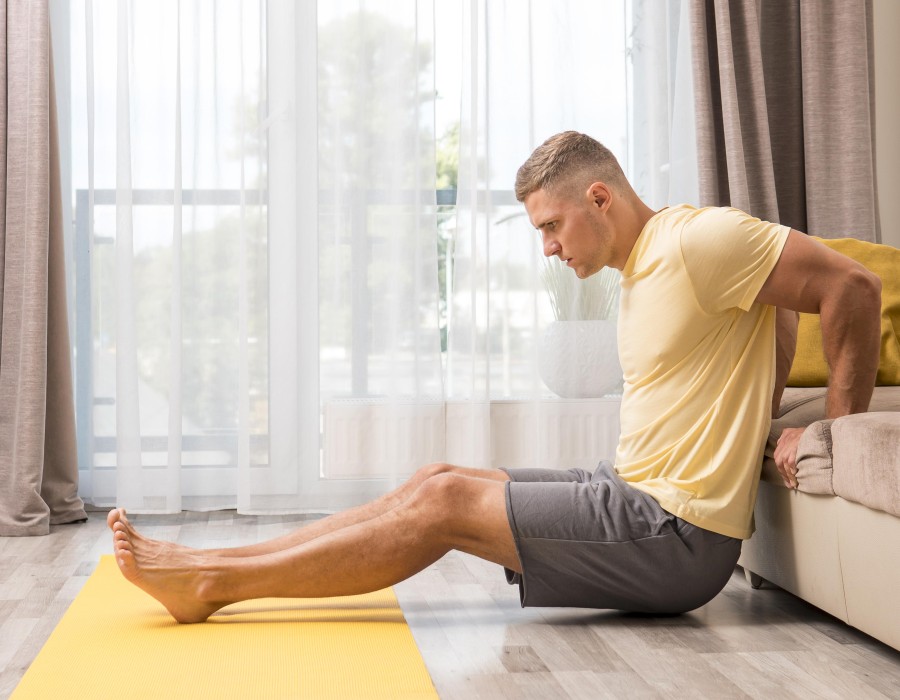Sciatica pain can affect your ability to move freely and perform daily tasks. This disorder, brought on by irritation or compression of the sciatic nerve, can produce tingling and pain in the legs, buttocks, and lower back. Effective sciatica pain treatment includes physical therapy and stretching exercises. Sciatic pain can be effectively managed and reduced in several ways. Here are five proven methods to help you find relief.
Understanding the Sciatica
The largest nerve in the body, the sciatic nerve, runs from the lower back to through the buttocks and down the side of your leg. That's why you feel it in your leg even though the source comes from the back. Classic symptoms include pain on one side affecting the buttocks and legs. Some feel sharp or stabbing pain; some others describe tingling and numbness. Sciatic symptoms tend to arise suddenly and persist for a few days or up to weeks and typically resolve with conservative treatments, but if your symptoms are persistent and severe, consult with doctors.
Five Methods to Reduce Sciatic Pain
1. Stretching and Exercise
Gentle stretching and low-impact exercises can relieve pressure on the sciatic nerve. Regular movement improves flexibility and strengthens the muscles supporting the spine. Some of the helpful exercises include:
- Pelvic tilts – Strengthen core muscles and improve posture.
- Seated spinal twist – Relieves lower back tension.
- Knee-to-chest stretch – Helps relax tight hip and lower back muscles.
- Piriformis stretch – Targets a small muscle in the buttocks that can contribute to sciatic pain.
Perform these exercises daily, but avoid any movements that worsen the pain.
2. Heat and Ice Therapy
Applying heat and ice packs alternately can provide relief from sciatic pain.
Ice packs decrease inflammation and block sharp pain. Use for 15-20 minutes several times a day.
Heat therapy is used to loosen tight muscles, improve blood circulation, and heal. Use a heating pad for 20 minutes at a time. Alternate ice and heat applications throughout the day for best results.
3. Maintain Good Posture
Poor posture may also make the sciatic pain worse due to unnecessary pressure on the lower back and hips. Here are some posture tips:
- While sitting: Place your feet flat on the floor, keep your back straight, and use a cushion for lumbar support.
- While standing: Spread your weight evenly on both feet and avoid slouching.
- When sleeping: Sleep on your side with a pillow between your knees so that the spine remains aligned.
4. Chiropractic Treatment and Physiotherapy
A chiropractor or physiotherapist can help ease sciatic pain by doing spinal adjustments, massage therapy, and specific exercises.
Chiropractic treatment straightens the spine and removes pressure on the sciatic nerve.
Physiotherapy enhances the muscles of the lower back and improves flexibility.
Regular sessions with a physiotherapist can help provide long-term relief and avoid further attacks.
5. Try ZapCaps
This four-in-one formula was expertly created to relieve inflammation, improve joint health, target sciatica nerve pain, and enhance general wellness.
Conclusion
The best way to manage sciatica pain is to make lifestyle changes and get the proper care. A regular exercise routine, proper posture, sciatica nerve pain relief caps and professional care can significantly reduce suffering and improve quality of life. If the illness worsens or persists, consult a physician for additional treatment choices. You may manage your sciatica and strive for a pain-free life by implementing these five strategies into your daily routine.






Comments